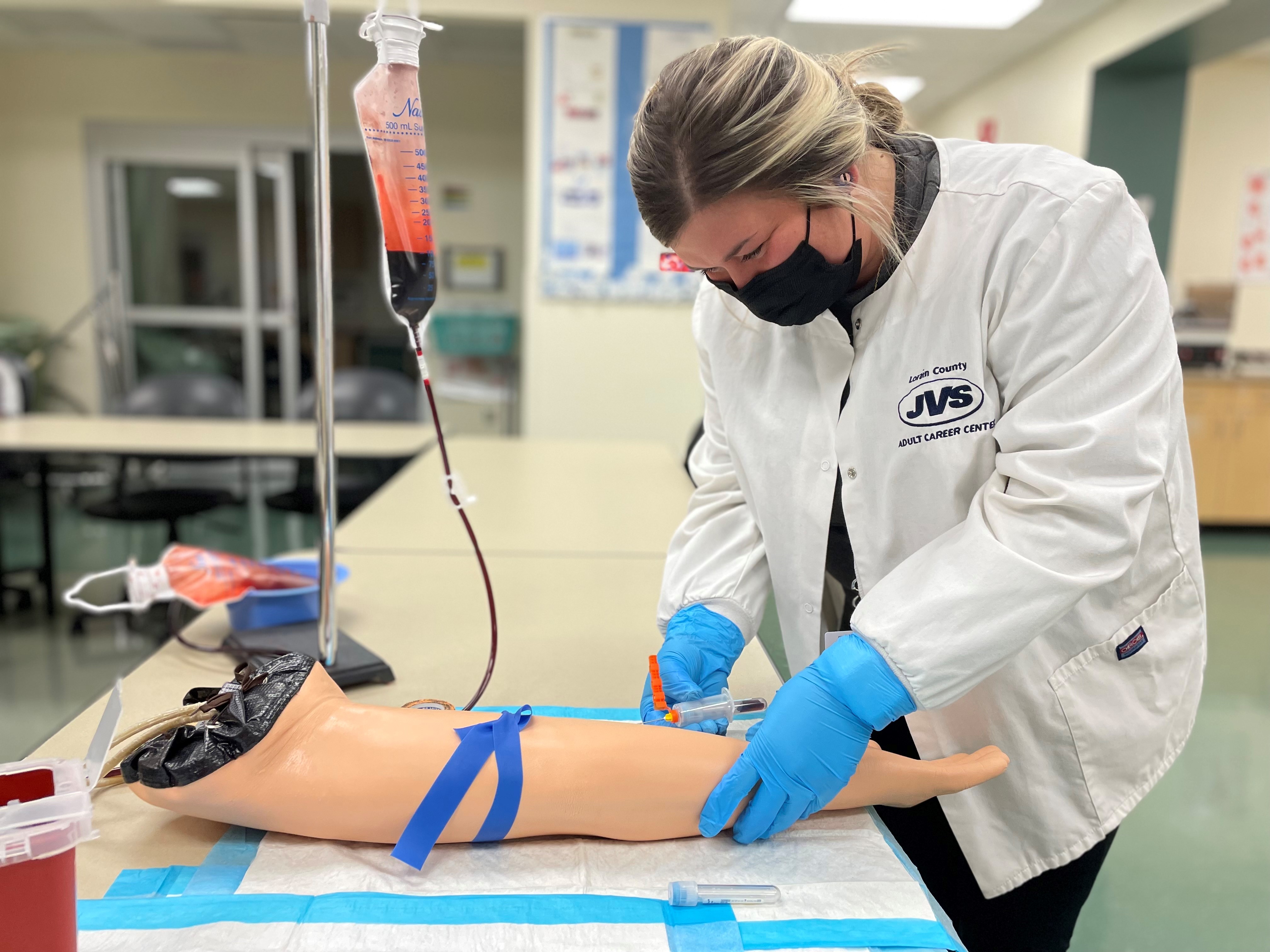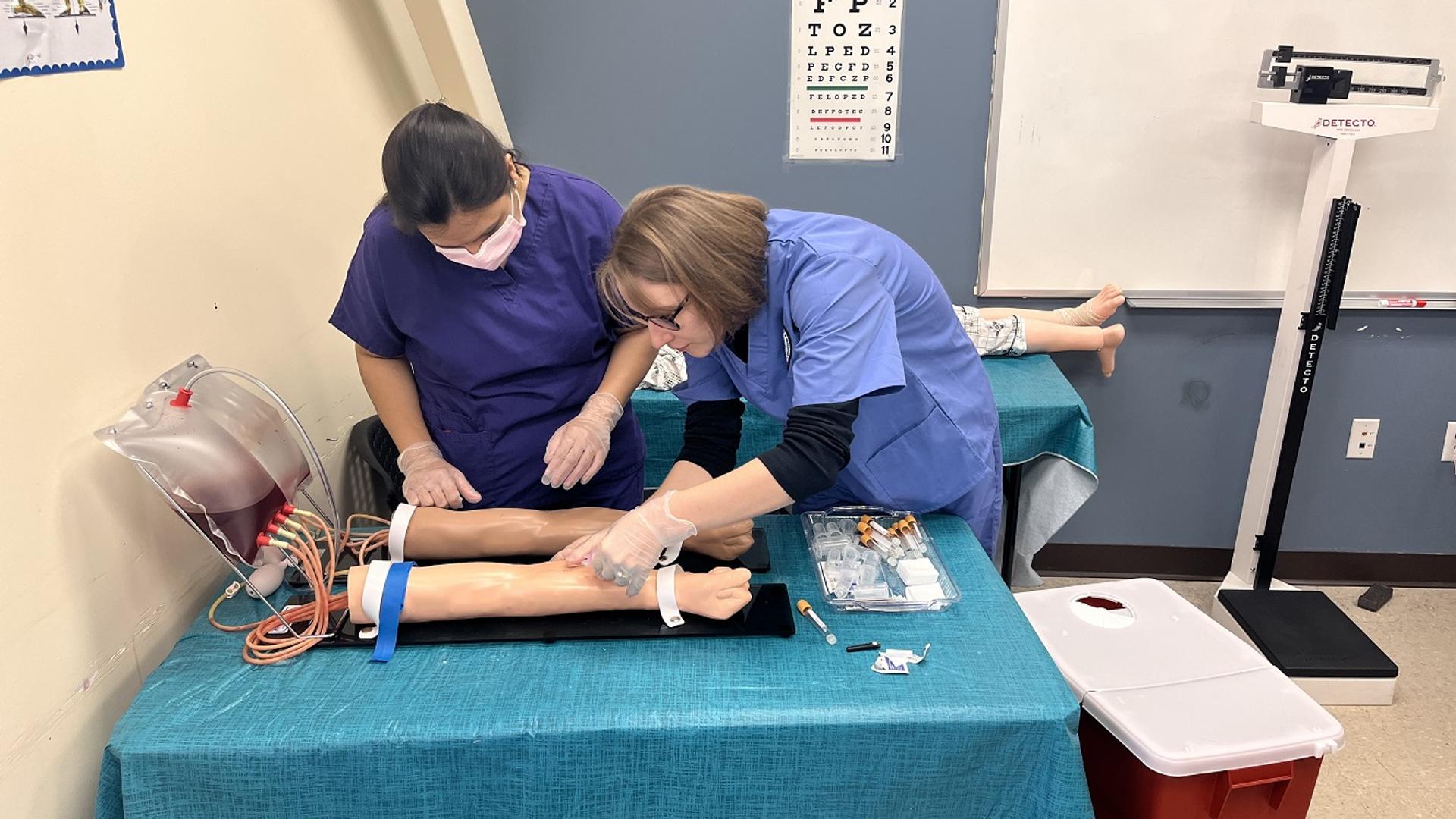The 10-Minute Rule for Northeast Medical Institute - New Haven Campus Phlebotomy Course & Cna Class
The 10-Minute Rule for Northeast Medical Institute - New Haven Campus Phlebotomy Course & Cna Class
Blog Article
Little Known Questions About Northeast Medical Institute - New Haven Campus Phlebotomy Course & Cna Class.
Table of ContentsFascination About Northeast Medical Institute - New Haven Campus Phlebotomy Course & Cna ClassThe Best Strategy To Use For Northeast Medical Institute - New Haven Campus Phlebotomy Course & Cna ClassSome Known Facts About Northeast Medical Institute - New Haven Campus Phlebotomy Course & Cna Class.Some Ideas on Northeast Medical Institute - New Haven Campus Phlebotomy Course & Cna Class You Need To KnowNortheast Medical Institute - New Haven Campus Phlebotomy Course & Cna Class Things To Know Before You BuyHow Northeast Medical Institute - New Haven Campus Phlebotomy Course & Cna Class can Save You Time, Stress, and Money.
The usage of such gadgets ought to be accompanied by various other infection prevention and control methods, and training in their use.For settings with reduced sources, price is a motoring element in purchase of safety-engineered devices. Where safety-engineered tools are not available, skilled use of a needle and syringe is appropriate.
labelling); transportation problems; analysis of results for scientific monitoring. In an outpatient division or facility, give a specialized phlebotomy work area containing: a tidy surface area with 2 chairs (one for the phlebotomist and the various other for the patient); a hand wash basin with soap, running water and paper towels; alcohol hand rub. In the blood-sampling room for an outpatient department or clinic, provide a comfortable reclining couch with an arm rest.
The 8-Minute Rule for Northeast Medical Institute - New Haven Campus Phlebotomy Course & Cna Class
Ensure that the signs for blood tasting are clearly specified, either in a composed protocol or in documented directions (e.g. in a research laboratory type). Accumulate all the devices required for the procedure and area it within safe and simple reach on a tray or cart, making sure that all the items are plainly noticeable.
Present yourself to the client, and ask the individual to mention their full name. Check that the lab type matches the client's identification (i.e. match the individual's information with the lab type, to guarantee precise recognition).
Make the client comfortable in a supine setting (if feasible). The client has a right to reject an examination at any type of time before the blood sampling, so it is important to ensure that the individual has actually recognized the procedure - Phlebotomy Courses.
The smart Trick of Northeast Medical Institute - New Haven Campus Phlebotomy Course & Cna Class That Nobody is Discussing
Expand the client's arm and inspect the antecubital fossa or forearm. Locate a capillary of a good dimension that is visible, straight and clear. The layout in Section 2.3, shows common placements of the vessels, but lots of variants are possible. The mean cubital blood vessel lies between muscular tissues and is usually the most very easy to puncture.
DO NOT put the needle where veins are diverting, since this raises the chance of a haematoma. The vein ought to be visible without using the tourniquet. Situating the vein will assist in establishing the appropriate size of needle. Use the tourniquet concerning 45 finger sizes over the venepuncture website and re-examine the blood vessel.
Haemolysis, contamination and visibility of intravenous liquid and medicine can all change the results (39. Nursing personnel and doctors may access central venous lines for specimens following protocols. However, specimens from main lines lug a threat of contamination or incorrect lab examination results (https://gravatar.com/gordonmarvin28). It is acceptable, however not perfect, to attract blood specimens when initial presenting an in-dwelling venous device, prior to linking the cannula to the intravenous liquids.
Our Northeast Medical Institute - New Haven Campus Phlebotomy Course & Cna Class Ideas
Permit the area to dry. Failing to permit adequate contact time enhances the danger of contamination. DO NOT touch the cleaned website; in specific, DO NOT put a finger over the capillary to lead the shaft of the exposed needle. It the site is touched, repeat the sanitation. Do venepuncture as adheres to.
Ask the individual to develop a clenched fist so the blood vessels are extra noticeable. Get in the blood vessel promptly at a 30 level angle or less, and remain to present the needle along the blood vessel at the most convenient angle of entry - CNA Training. Once enough blood has actually been accumulated, release the tourniquet prior to taking out the needle
Northeast Medical Institute - New Haven Campus Phlebotomy Course & Cna Class for Beginners
Take out the needle delicately and apply mild pressure to the website with a clean gauze or completely dry cotton-wool ball. Ask the person to hold the gauze or cotton wool in position, with the arm prolonged and elevated. Ask the client NOT to flex the arm, because doing so creates a haematoma.

Excitement About Northeast Medical Institute - New Haven Campus Phlebotomy Course & Cna Class
Where possible, keep the tubes in a rack and move the rack towards you - https://yoomark.com/content/earn-your-phlebotomy-certification-northeast-medical-institute-new-haven-ct-our. If the example tube does not have a rubber stopper, infuse official site very gradually into the tube as minimizing the stress and rate made use of to move the specimen decreases the risk of haemolysis.

Report this page